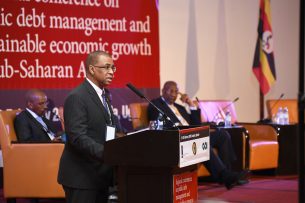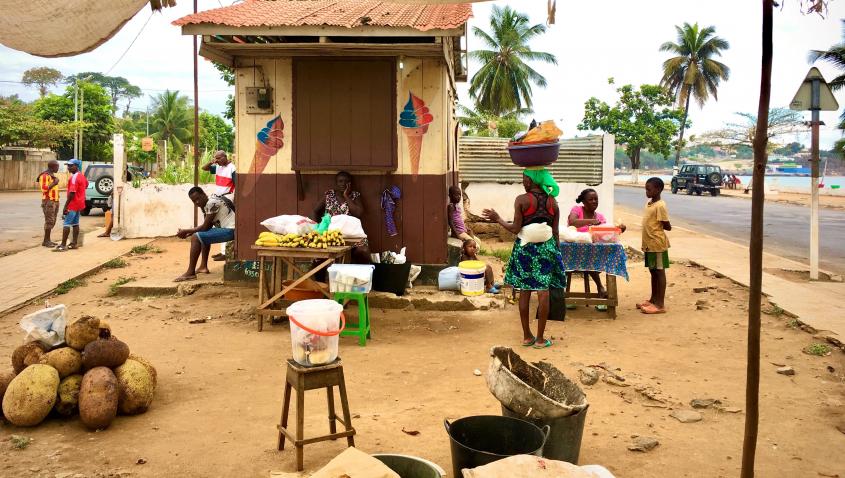The most vulnerable countries are often the ones who are most at risk. Out of every five Least Developed Countries (LDCs) today, two are already in debt distress or at a high risk of falling into it. Most of them are in sub-Saharan Africa.
The recent Regional Conference on Public Debt Management and Sustainable Economic Growth in Sub-Saharan Africa gathered in Kampala (Uganda) representatives from 18 countries and international organizations to discuss ways of sustainably managing debt without compromising national development goals.
“Achieving the Sustainable Development Goals (SDGs) requires a massive investment effort everywhere,” UN Chief Economist Elliott Harris told the conference participants. “In Africa, where the investment gap is widest and domestic resource mobilization is the lowest, governments will have to cover at least part of the financing gap through new borrowing,” he added.

Shrinking assistance from developed countries is further increasing the pressure on many African states to borrow more. The SDGs have set a target for developed countries to commit 0.7 per cent of their gross national income to Official Development Assistance (ODA). Yet, in 2018, the global ODA level stood at just over 0.3 per cent of their GNI.
At the same time global economic growth has been slowing down amid escalating trade tensions, with the year 2019 marking its slowest rate in a decade. This was compounded by weak prices of commodities, on which many developing economies rely for revenue, and in some countries by climate shocks or conflict.
Add to that a low-interest environment that facilitated more borrowing, and the result is that in many developing countries, public debt has been rising consistently since 2012. Just eight countries in sub-Saharan Africa have raised $28 billion in external bond issuances in 2018, while total debt in developing countries reached about 190 per cent of their gross domestic product in 2017.
Adding to the risk, the debt landscape is becoming more complex. As countries increasingly turn to the private financial sector for loans, a much higher percentage of debt portfolios are shaped by that sector’s short-term interests. This leaves the borrowing countries exposed to changes in interest rates and exchange rates, making debt servicing more expensive and potentially riskier.
This trend is already evident. In 2011, countries of sub-Saharan Africa were spending 1.3 per cent of their gross national income on repaying what they owed, plus interests. In 2018, that figure rose to 3.8 per cent, the highest since 2002.
The resources that go towards repaying growing debts have to be diverted away from investments in crucial areas, such as reducing poverty or providing health care and education.
But the UN Chief Economist sees a way for countries to avoid this slippery slope. “Managing the already high burden of debt and avoiding slipping down into debt distress requires national and global actions in three areas,” he said. “First, creating additional fiscal space; second preventing debt crises; and third advancing the policy agenda on debt restructuring.“
Cover photo: Sergio Pires Vieira/UN DESA\Conference photo: Benjamin Nsubuga

